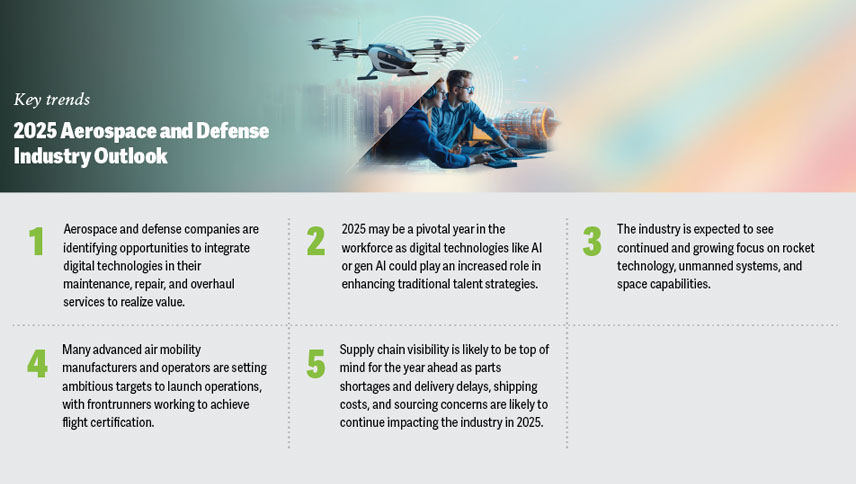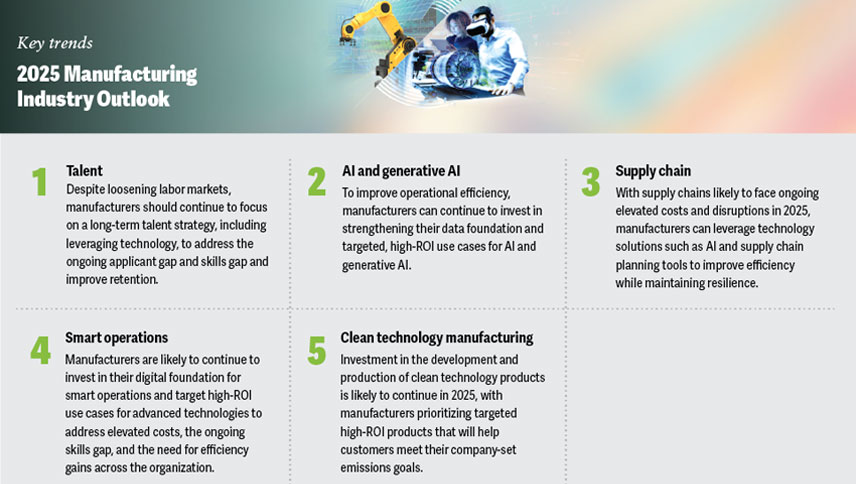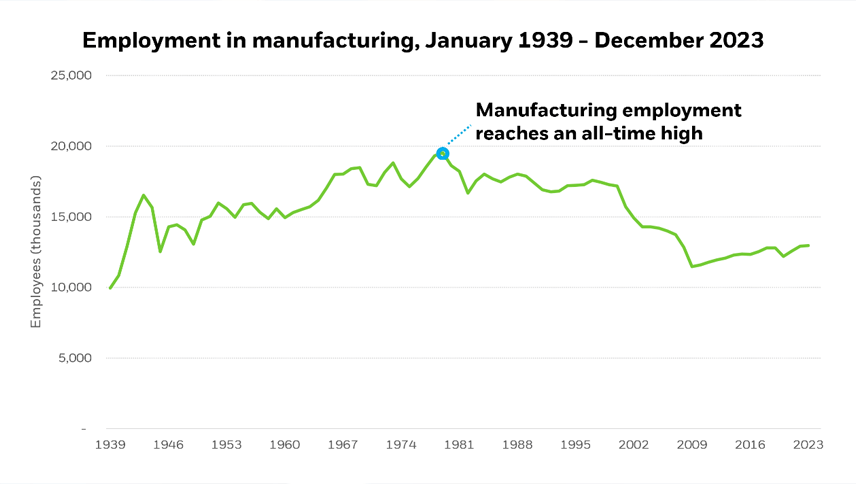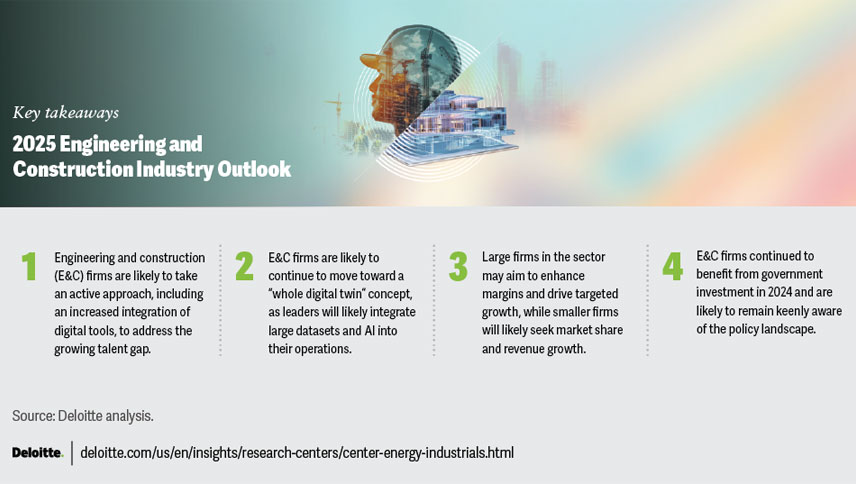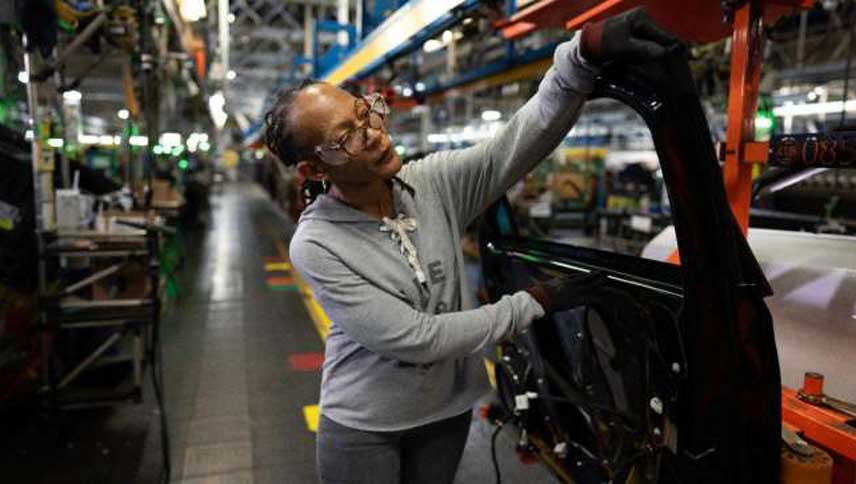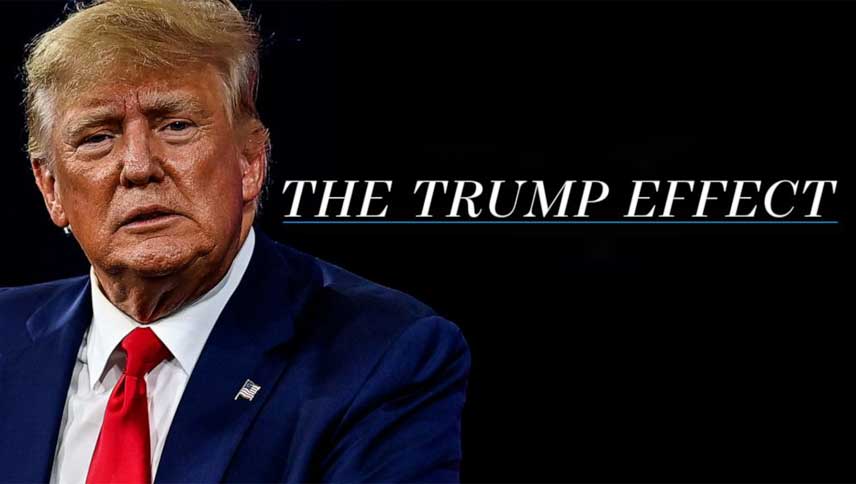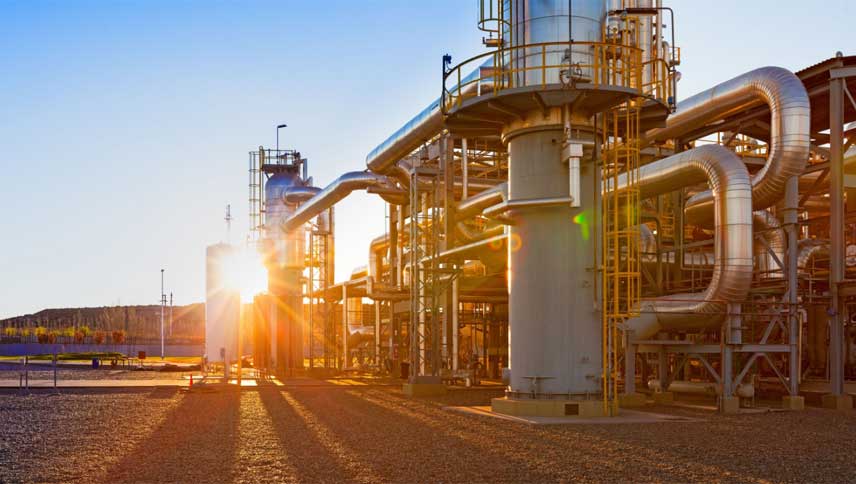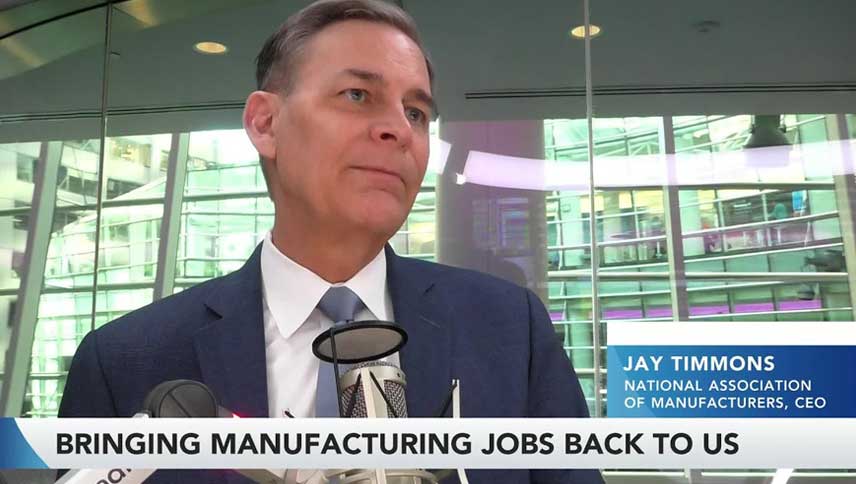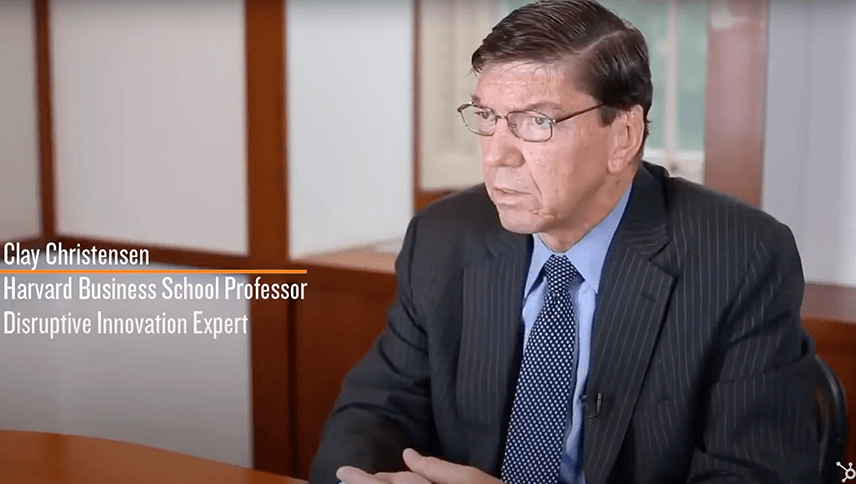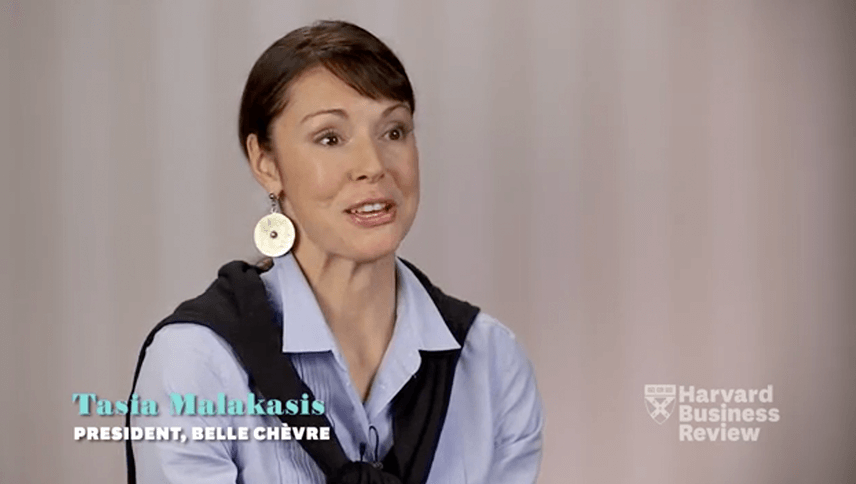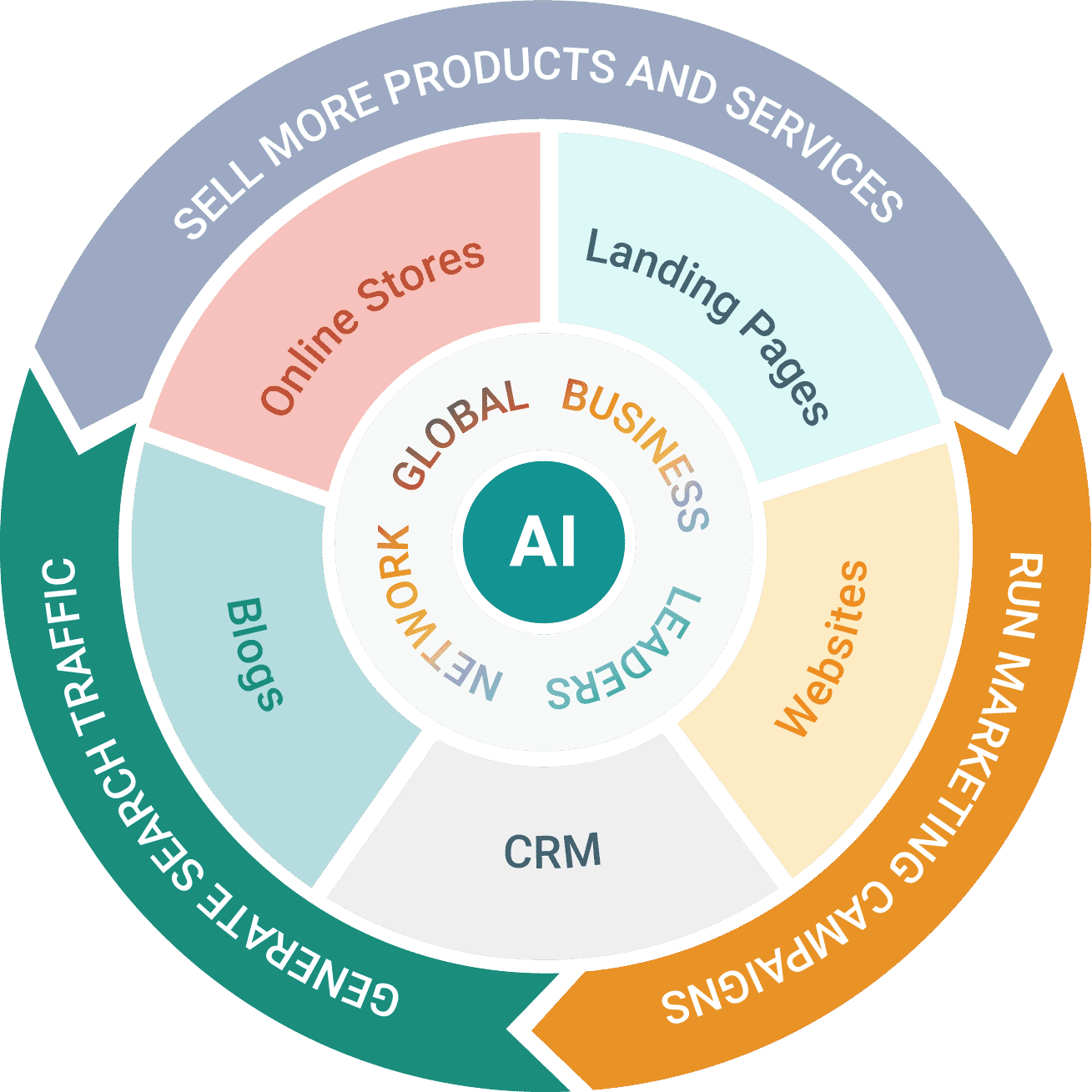Can the United States revive its manufacturing industry?
NBC News
Apr 9, 2025
Yasmin: As the president digs in on tariffs,
Donald Trump: jobs, and factories will come roaring back into our country.
Yasmin: Ridicule, pouring in on social media with memes going viral. We don’t know where exactly they’re coming from, but this one, an AI generated video, crudely showing Americans. Doing factory labor raising. The question, is a manufacturing renaissance in the United States possible and would it provide jobs that people here want?
Gordon Hanson: If we mean sending us back to that world in which manufacturing was a third of US employment, there’s just no way that would happen.
Nick Iacovella: Could we re industrialize the economy and add millions of working class jobs? Absolutely.
Yasmin: Clearly plenty of disagreement. So what would it take? Let’s rewind to the 1970s.
Back then, nearly 20 million people in the United States made their livings. From manufacturing, accounting for more than a fifth of total employment. The US was a leading producer of everything from cars to planes to steel.
Gordon Hanson: So it was a really big deal for the US economy. And what made it an especially big deal is that those jobs paid really good wages and that allowed workers.
With just a high school degree, or not even a high school degree, to attain a middle class lifestyle,
Yasmin: but then globalization starting in the eighties, NAFTA in the nineties, China joining the World Trade Organization at the turn of the century. It all shocked the system. Cheaper labor abroad meant lower prices and closed factories Here.
Gordon Hanson: What we call the China trade Shock.
Yasmin: Now, manufacturing employs only about 8% of the nation’s workers, and to give you a sense of the wage gap, on average manufacturing jobs make $35 an hour. Now, in Vietnam, for example, that rate is about a dollar 20. Many economists who study these massive trends are skeptical about the ability of tariffs to turn back time.
Gordon Hanson: We want to think about how to create good jobs. For the workers of the future, we should be having a substantial focus on how we do that in the service sectors that are are vibrant now and that are likely to emerge in the coming years.
Yasmin: But many in the domestic manufacturing industry believe in what President Trump is doing.
I.
Nick Iacovella: We are now, I would argue in a bipartisan era that tariffs are an important tool in the toolbox for industrial strategy and to reshore domestic production.
Yasmin: He acknowledges we won’t be able to make things as cheaply as they do in China or many other countries, but thinks the job creation is worth it.
However, many of the manufacturing jobs of old were dangerous, dirty, and difficult across the economy. 38 workers a day died in the US in 1970. Now the number is less than half that. There’s also concern about the potential environmental impact.
Jason Rylander: Even if we’re able to bring more manufacturing back to the states, our environmental laws are there for a reason and it’s, it’s to prevent what we saw at the turn of the 20th century with cities that were cloaked in smog.
With rivers that caught on fire with, uh, toxics leaking into our water supplies.
Yasmin: Other things that are different now from America’s post-war industrial age union membership was more than a third of the workforce. Now it’s about a 10th and tax rates on the wealthy we’re above 70% in 1980, and now are about half that
Scott Bassett: we are shedding excess labor in.
The federal government
Yasmin: Treasury Secretary Scott Ascent, telling Tucker Carlson that government employees losing their jobs now could work in factories
Scott Bassett: that will give us the labor that we need for the new manufacturing.
Yasmin: Which brings us back to the memes. Will office workers really wanna hit the factory floor?
The industry saying bringing those jobs back will spur innovation and automation leading to better manufacturing jobs.
Nick Iacovella: If you talk to any person that runs a factory, that’s a CEO of a company that produces in the us, they will tell you that innovation happens closest to the factory floor or on the factory floor.
Are we going to have, you know, new technologies making the processes better, more streamlined? Absolutely.
Yasmin: That’s if the factories are built, the jobs are open, and the pay is good enough.
Tom: What a great report, Yasmin. You know, I mean, everybody I’ve talked to and I’ve spent a lot of time in, uh, factories Yeah.
On my beach, you know, various airplane or car plants. Uh, it takes three to five years to build a new factory. Right. So is there a disconnect between what the Trump administration wants when it comes to bringing back these jobs and the economic impact of the tariffs and how long it will take to actually kick up and create this kind of a new industrial base?
Yasmin: Right. And, and the length of time I think is a really good point, Tom, because that’s about right. Investment and steady investment stability really, I should say. And it, and with the economists that I’ve been speaking to, essentially they’re saying, okay, great, great idea, right? Let’s bring manufacturing, um, back to the United States, made in USA.
Doesn’t that seem great? Okay. Well, here’s the issue though. That takes a heck of a lot of investment. As you mentioned, in a lot of time we’re talking about billions upon billions of dollars, companies, countries, so on and so forth. If they’re gonna invest that type of money, Tom. Yeah, they need stability.
They need to make sure their investment is going to pay off and there won’t be a rocky road ahead. And what these economists are telling me is everything with the way the markets have been going over the last couple of days, and the way in which these tariffs have been instituted points directly away from opposite from stability to instability.
Hence why it is they disagree with the way in which the president is going about bringing manufacturing back to the United States.
Tom: You know, and I don’t think anybody disagrees with the need to bring manufacturing back if possible. But let’s be clear, modern manufacturing is not the people that we saw on that spot from the 1970s.
It’s robots. It’s robotic assembly lines. Right, right. You’ve got a fraction of the number of people working in factories today.
Yasmin: Yeah, e exactly right. And that’s actually something that I spoke with one of our guests about earlier today as we were putting this piece together. I said, listen, you talk about bringing jobs back to this country.
Okay, but how many of those jobs are gonna be taken up by robotics? Yeah, by ai. Howard Lutnick himself and advisors to the president said, essentially, we’re looking to robotics. We are looking to ai. He argued, um, his point saying in fact though, um, along with robotics, along with ai, there will be job creation, but nonetheless.
Many of those jobs will go to the robotics and to the ai, and that is certainly yet another concern with this manufacturing renaissance that we’re talking about.
Source: https://www.youtube.com/watch?v=NR5jswfJVa8

